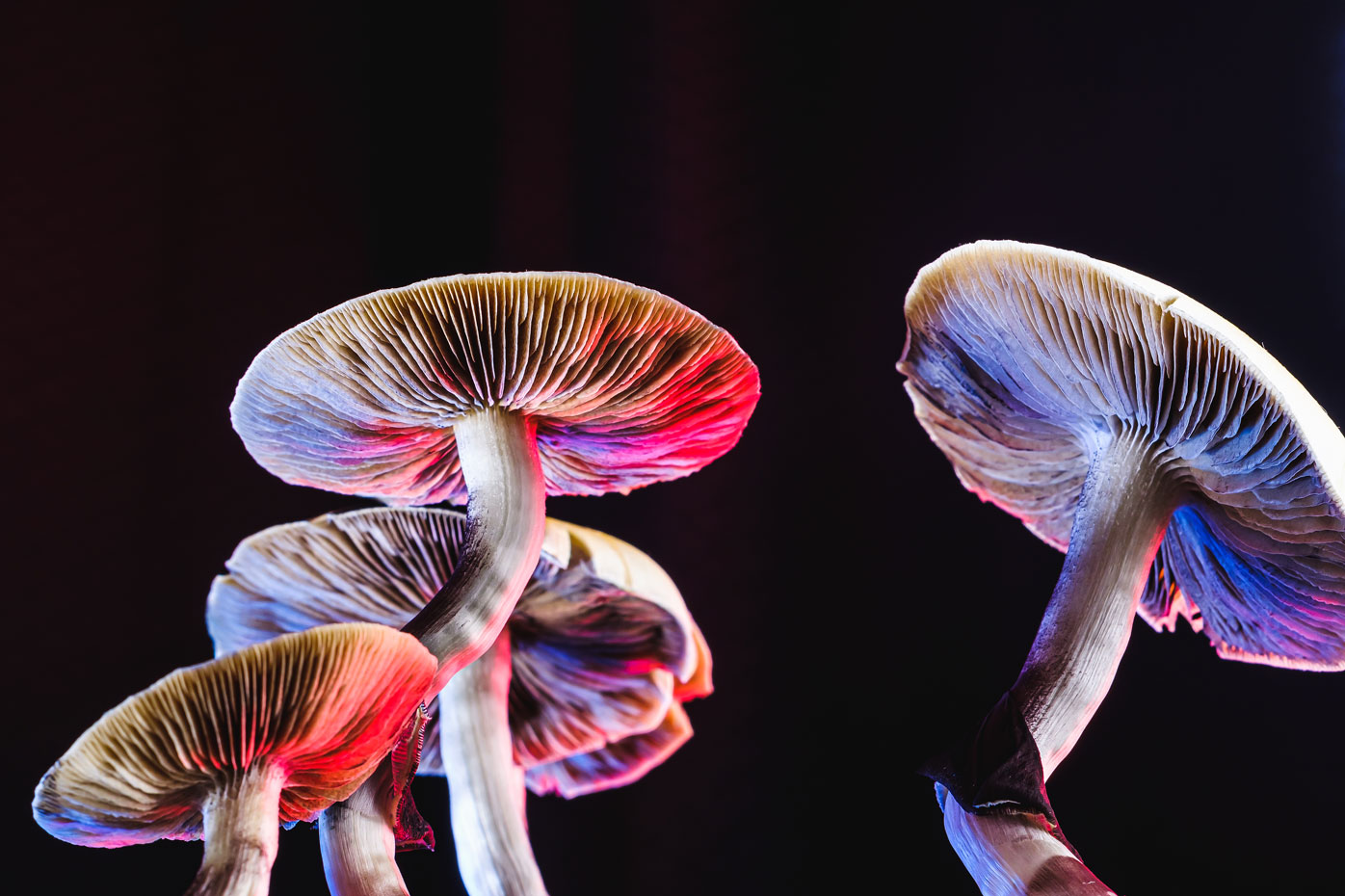All Regarding Psychotomimetic Compounds: Their Duty in Psychological Study
Psychotomimetic substances, such as LSD and psilocybin, have actually garnered boosting passion in psychological study for their ability to reproduce psychotic signs and provide understanding right into various mental health and wellness conditions. Their communications within the mind, particularly via serotonin and dopamine pathways, recommend a complex partnership between awareness and neurobiology that may open novel restorative opportunities. As researchers remain to examine their prospective applications, ethical considerations bordering their use in medical settings end up being paramount, increasing critical questions regarding security and notified authorization that require additional exploration.
Interpretation of Psychotomimetic Substances
In the world of mental study, psychotomimetic compounds are materials that can induce impacts appearing like those of psychosis, such as hallucinations, deceptions, and transformed assumptions of fact - About Golden Psycho. These compounds can be categorized right into numerous classifications, including hallucinogens, dissociatives, and particular energizers, each producing unique psychological results
The pharmacological action of psychotomimetic substances frequently includes inflection of natural chemical systems, particularly those pertaining to serotonin, dopamine, and glutamate. Compounds like lysergic acid diethylamide (LSD) primarily act on serotonin receptors, leading to profound alterations in sensory assumption and cognition.
The utility of psychotomimetics in research depends on their capability to imitate psychotic symptoms, providing a model for recognizing the hidden mechanisms of psychotic problems such as schizophrenia. By studying the results of these compounds, scientists can get insights right into the neurobiological and mental processes that add to psychosis.
Moreover, psychotomimetic compounds have actually been explored for their healing capacity in dealing with different psychological health and wellness conditions, consisting of depression and anxiousness, highlighting their dual duty in both research and possible scientific applications.
Historic Advancement and Context
The expedition of psychotomimetic compounds has an abundant historical context that dates back to old worlds, where materials such as psilocybin mushrooms and peyote were used in spiritual and healing practices. These very early uses often linked with spiritual rituals, recommending an extensive reverence for the modified states of consciousness caused by these substances.
The mid-20th century marked a considerable switching point in the research study of psychotomimetic materials, particularly with the synthesis of LSD by Albert Hofmann in 1938. The succeeding popularization of LSD in the 1960s militarized a wave of interest in both its mental impacts and possible therapeutic applications. Researchers started to explore how these substances might resemble psychotic states, providing insights into psychological ailment.
However, the enhancing organization of psychotomimetics with counterculture activities brought about regulatory backlash, culminating in the criminalization of a number of these compounds. In spite of these obstacles, the rebirth of interest in the therapeutic potential of psychedelics in the 21st century has triggered renewed research study. This historic trajectory highlights the progressing assumption of psychotomimetic substances, changing from spiritual materials to topics of clinical questions and, possibly, healing assurance.
Devices of Activity
Recognizing the systems of action of psychotomimetic compounds exposes the elaborate ways these substances communicate with the mind's neurochemistry. click here for more info These substances mostly apply their impacts through modulation of neurotransmitter systems, particularly serotonin, dopamine, and glutamate. Several timeless psychedelics, such as psilocybin and LSD, mostly act as agonists at serotonin 5-HT2A receptors, leading to altered perception and cognition. This communication not just impacts sensory handling but also boosts emotional and introspective experiences.
In enhancement to serotonin, dopaminergic pathways are significantly affected by compounds like mescaline and particular cannabinoids, which can cause modified states of consciousness and modifications in mood and inspiration. Additionally, the NMDA receptor enmity observed with compounds like ketamine highlights an additional pathway whereby psychotomimetics may induce dissociative states and profound changes in believed procedures.
The neurochemical waterfalls started by these interactions lead to facility and multifaceted emotional impacts. Comprehending these mechanisms is important for both the advancement of emotional research study and the restorative possibility of psychotomimetic substances, as they offer understandings into the underlying neural correlates of modified states of awareness.
Current Research and Applications
Current investigations into psychotomimetic compounds have exposed a renewal of passion in their healing applications, specifically in the areas of psychiatry and psychology. Researchers have actually started exploring substances such as psilocybin, LSD, and ayahuasca for their potential to reduce signs connected with different mental health disorders, including depression, anxiety, and PTSD.
Clinical tests have actually shown that, when provided in controlled atmospheres, these compounds can facilitate extensive emotional experiences, advertising emotional advancements and enhanced therapeutic outcomes. Studies have actually revealed that psilocybin-assisted therapy can lead to significant decreases in treatment-resistant anxiety, with effects lasting for numerous months post-treatment.
Additionally, psychotomimetic compounds are being evaluated for their capacity to promote neuroplasticity, potentially permitting more effective rewiring of maladaptive idea patterns. These findings recommend that such compounds may work as accessories to traditional psychotherapeutic approaches, improving the efficacy of healing treatments.
As research proceeds, the emphasis is moving in the direction of recognizing the ideal dosages, restorative settings, and individual qualities that can make best use visit this site right here of the advantages of these substances. This expanding field holds promise for revolutionizing psychological health and wellness treatment standards and dealing with the constraints of traditional psychological medicines.
Ethical Factors To Consider in Research

Browsing the ethical landscape of study including psychotomimetic compounds is critical to making sure participant safety and security and the stability of study end results. Scientists should prioritize informed consent, making certain that individuals completely recognize the prospective dangers and benefits connected with the substances being researched. This includes providing detailed info about feasible mental results, consisting of acute and long-term influences, and enabling individuals the chance to take out from the research study at any moment without charge.
IRBs assess research study procedures to protect participant welfare and copyright honest standards. Additionally, the potential for coercion must be thoroughly evaluated, especially when vulnerable populaces are entailed.
Privacy is my site one more critical consideration. Researchers have to apply durable steps to protect individuals' identifications and data, particularly offered the delicate nature of experiences connected with psychotomimetic compounds (About Golden Psycho). Inevitably, a dedication to ethical practices not just promotes trust in between researchers and participants yet likewise enhances the trustworthiness and validity of the study results, adding to the advancement of mental knowledge

Verdict
In verdict, psychotomimetic compounds, especially classic psychedelics such as LSD and psilocybin, deal substantial understandings into psychological problems with their special mechanisms of activity. Their restorative capacity in addressing problems like stress and anxiety and PTSD highlights the importance of ongoing research study in this field. Ensuring moral standards in study practices is critical for participant safety and security and notified authorization, enabling for a liable expedition of these substances' benefits and ramifications within emotional science.